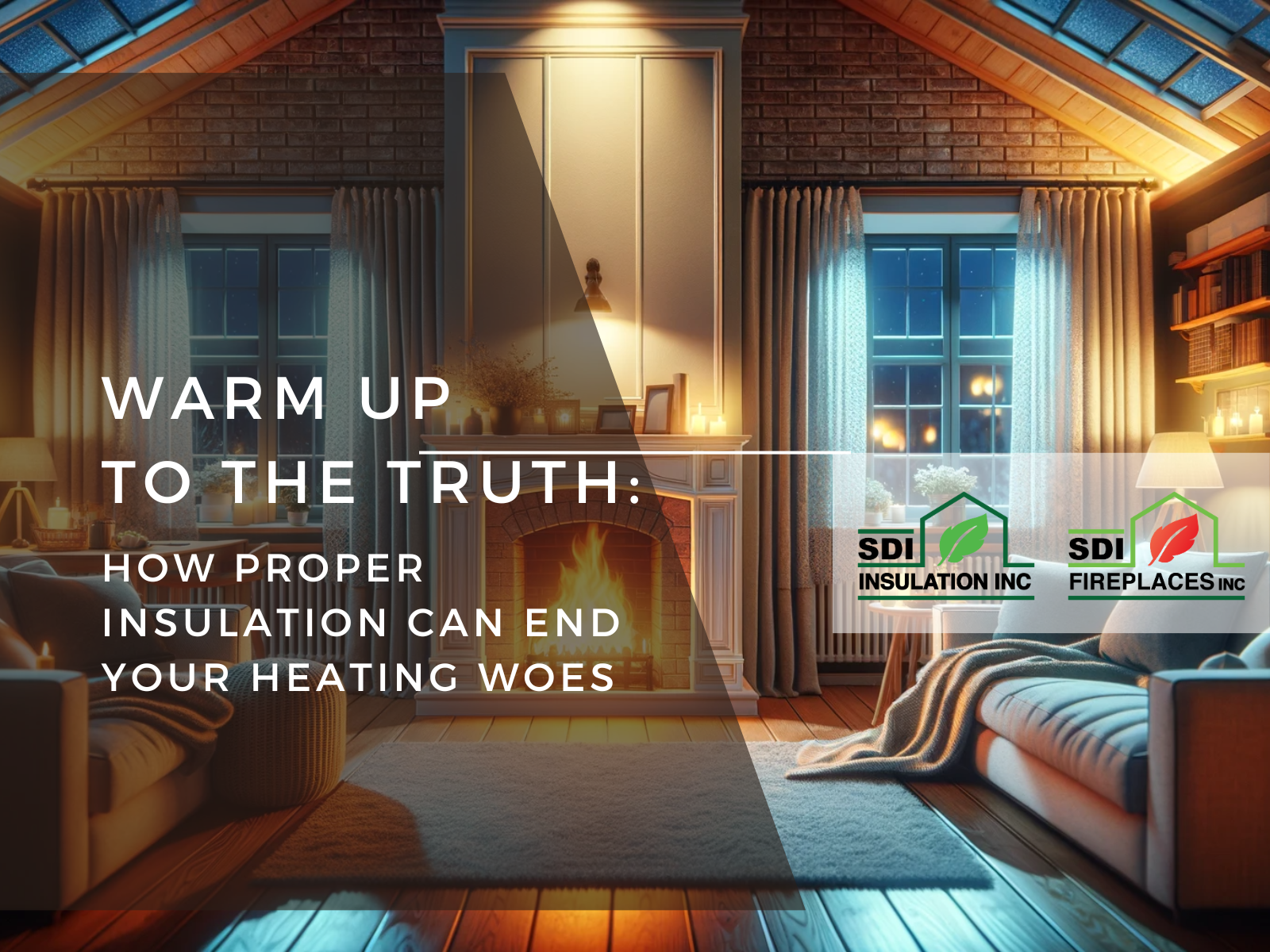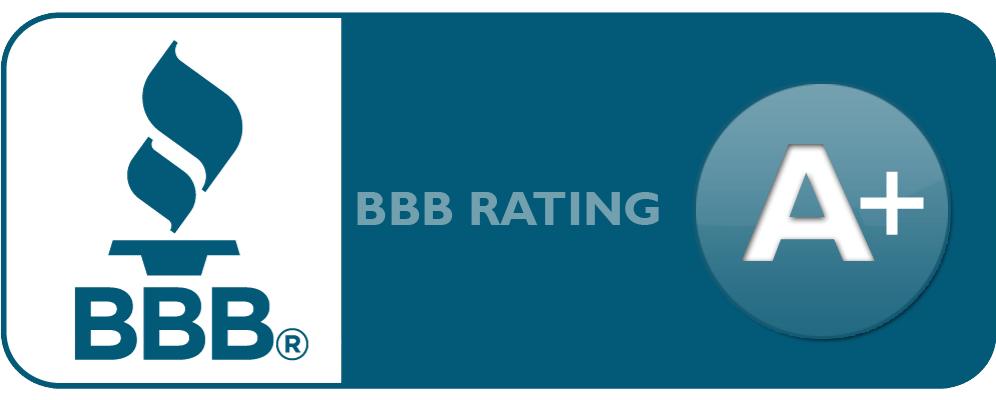Spray Foam vs. Fiberglass: Which Insulation Is Best for Your Project?

Choosing the right insulation for your home or building project is one of the most important decisions you can make for long-term comfort, efficiency, and sustainability. Two of the most common materials—spray foam and fiberglass—are often compared side by side. Homeowners and contractors alike ask the same question: spray foam vs fiberglass—what’s the better option?
At SDI Insulation, we’ve been serving the San Francisco Bay Area for over 47 years, and we’ve seen first-hand how insulation choices affect a building’s performance. Our motto, The Most Sustainable Energy Is Saved Energy, reminds us daily that the right insulation saves money, conserves resources, and creates healthier living environments. Let’s take a deeper look at spray foam or fiberglass insulation, and how to decide which is best for your project.
Understanding the Basics
Fiberglass Insulation
Fiberglass is one of the most widely used insulation materials. It typically comes in batts, rolls, or blown-in form and is made from fine glass fibers.
Key Features of Fiberglass:
- Affordable and widely available.
- Easy to install in open wall cavities, attics, and crawlspaces.
- Provides good thermal resistance (R-value per inch).
- Resistant to moisture but less effective at sealing air leaks.
Spray Foam Insulation
Spray foam is a liquid-applied insulation that expands into a solid, filling cracks, gaps, and irregular spaces. It comes in two main types: open-cell and closed-cell spray foam.
Key Features of Spray Foam:
- Creates an air-tight seal by expanding into gaps.
- Higher R-value per inch compared to fiberglass.
- Provides moisture resistance (closed-cell foam also adds structural strength).
- Excellent for hard-to-reach spaces and retrofitting older homes.
Understanding these basics is the first step in evaluating spray foam insulation vs fiberglass for your specific needs.
Comparing Spray Foam vs Fiberglass
When debating spray foam vs fiberglass, it’s important to look beyond cost and consider performance, durability, and long-term benefits.
1. Energy Efficiency
Spray Foam: Offers superior air sealing, reducing drafts and minimizing energy loss. It helps maintain even indoor temperatures and lowers heating and cooling bills.
Fiberglass: Provides good thermal resistance but does not stop air movement. Without proper sealing, fiberglass may allow conditioned air to escape.
Winner: Spray Foam for energy efficiency.
2. Moisture and Mold Resistance
Spray Foam: Closed-cell spray foam is highly resistant to moisture infiltration, reducing the risk of mold and mildew.
Fiberglass: While not a food source for mold, fiberglass can trap moisture, especially in damp crawlspaces or around leaks.
Winner: Spray Foam, particularly for damp or coastal climates like San Francisco.
3. Installation
Spray Foam: Requires professional application by trained contractors. The process is quick but specialized equipment and safety measures are necessary.
Fiberglass: Easier to install and can be a DIY-friendly material, though professional installation ensures proper coverage and performance.
Winner: Fiberglass, if you’re considering ease of installation.
4. Cost
Spray Foam: Typically more expensive upfront, but offers long-term savings through reduced utility bills and potential rebates.
Fiberglass: More budget-friendly, making it appealing for large projects or homeowners seeking an affordable option.
Winner: Fiberglass, when immediate cost is the priority.
5. Longevity and Performance
Spray Foam: Does not sag or settle over time, maintaining its R-value and effectiveness for decades.
Fiberglass: Can settle or shift, reducing performance if not properly installed or maintained.
Winner: Spray Foam for long-term reliability.
When to Choose Spray Foam or Fiberglass
So, when it comes to spray foam or fiberglass, how do you decide?
Choose Spray Foam If:
- Your home has irregular spaces, cracks, or gaps.
- You’re aiming for maximum energy efficiency.
- Moisture control is a major concern.
- You want insulation that will last decades with little maintenance.
Choose Fiberglass If:
- You’re on a tighter budget.
- Your project is straightforward (attics, open walls, crawlspaces).
- You want a tried-and-true insulation material with wide availability.
Spray Foam Insulation vs Fiberglass in San Francisco’s Climate
Living in the Bay Area comes with unique environmental challenges—fog, salty air, and fluctuating temperatures throughout the day. This makes the spray foam insulation vs fiberglass debate even more important.
Spray foam’s superior air-sealing properties make it an excellent choice for San Francisco’s older homes, which often struggle with drafts and leaks.
Fiberglass remains a cost-effective solution for new construction projects or spaces with accessible cavities, particularly when paired with proper air sealing.
At SDI Insulation, we often recommend a hybrid approach—using spray foam in critical areas (like crawlspaces, rim joists, or irregular cavities) and fiberglass in more straightforward areas to balance cost and performance.
The Bottom Line
The debate of spray foam vs fiberglass doesn’t have a one-size-fits-all answer. Both materials offer unique benefits, and the right choice depends on your project goals, budget, and building type.
At SDI Insulation, our experienced team of estimators and installers helps homeowners and contractors navigate these choices with confidence. Whether you’re considering spray foam or fiberglass, our commitment remains the same: Building Efficiency, Every Day.
For over 47 years, we’ve been San Francisco’s trusted insulation experts, simplifying compliance with Title 24, delivering sustainable energy solutions, and ensuring comfort in every home.
Ready to decide between spray foam insulation vs fiberglass? Contact SDI Insulation today to schedule a consultation and discover the best solution for your project.










